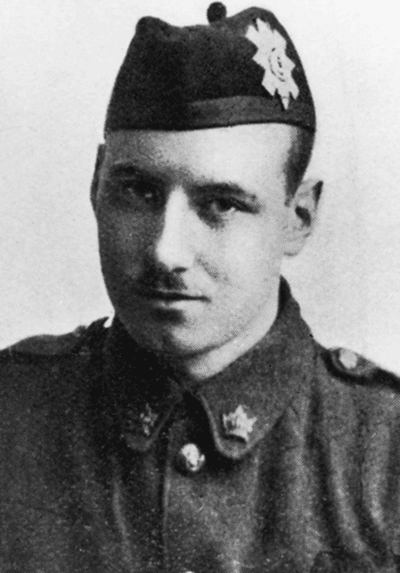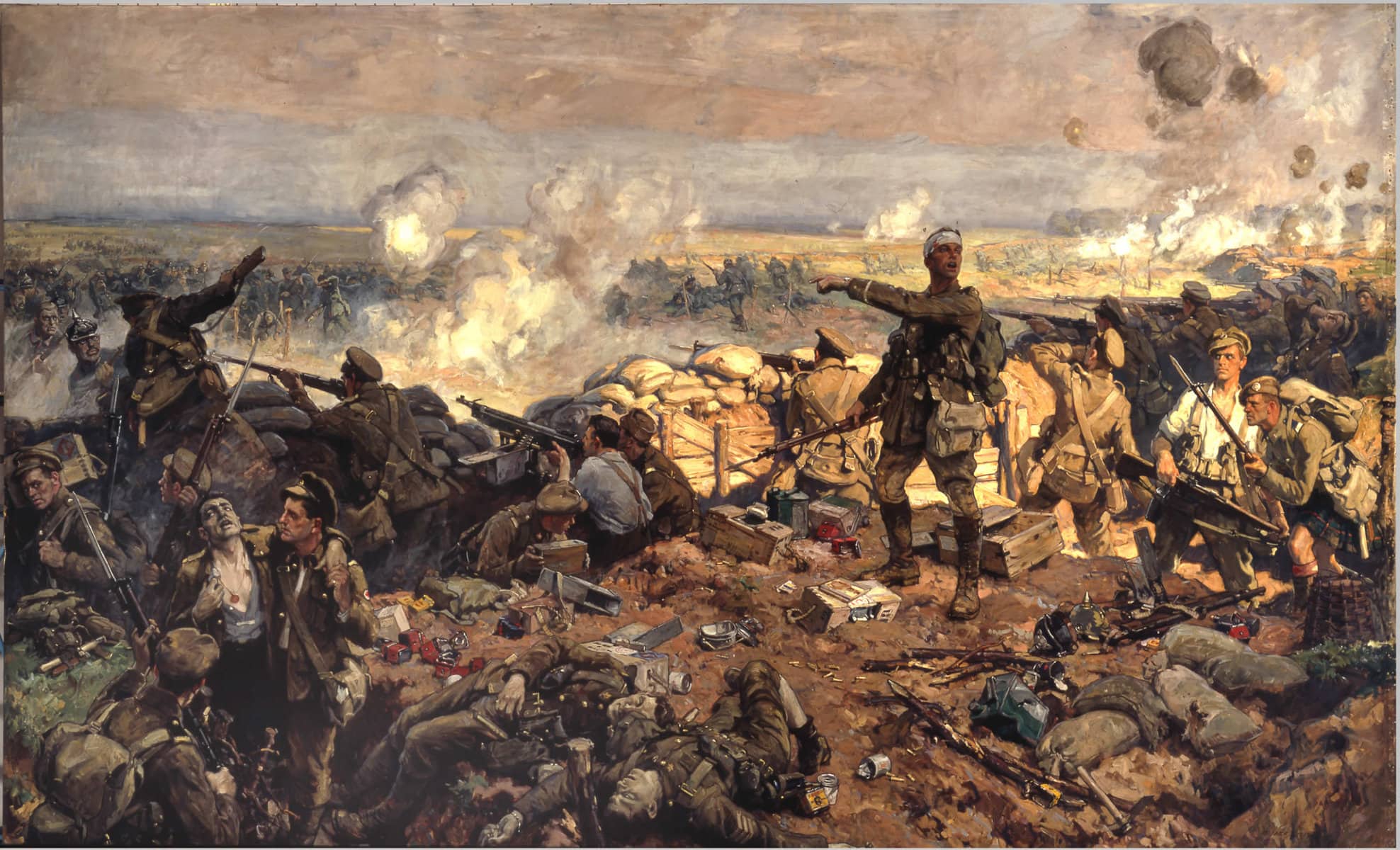In both world wars, there were men killed in action or who died in service who had a connection with Niagara-on-the-Lake but for various reasons were not commemorated on either the memorial clock tower cenotaph in Old Town or the Niagara Township war memorial in Queenston. In some cases, they lived for only a brief time in Niagara and had no family here when the monuments were built. In other cases, they had lived near McNab, not then part of NOTL or Niagara Township. While their names are not read out at the ceremonies at these monuments on Remembrance Day, they too should be remembered.
Ron Dale
Special to The Lake Report
The Victoria Cross is the most important award for outstanding valour in the Commonwealth.
The simple bronze medal was established by Queen Victoria in 1856 to recognize those who had shown incredible acts of courage “in the presence of the enemy.”
Four VCs were given to men from Canada prior to Confederation, including William Hall of Nova Scotia, who was awarded the medal in 1857. He was the first Black recipient of the medal.
Prior to the First World War, six other Canadians received the VC, five during the Boer War and one in the Sudan. A total of 73 Canadians won the medal in the First World War and 16 in the Second World War.
In 1972, the Canadian government withdrew the eligibility of Canadians to receive the VC, but this was overturned in 1993 when a Canadian VC was established. It has not yet been awarded.
One man associated with Niagara-on-the-Lake was awarded the VC for his actions during the Second Battle of Ypres in the First World War. It was the first VC given out during the Great War.
Fred Fisher was the son of bank accountant William Fisher and Alice McGibbon. He was born in St. Catharines on Aug. 3, 1894, the third of the four children of William and Alice.
The family moved several times and lived in Niagara-on-the-Lake for a few years when William managed the Sovereign Bank of Canada in town. Fred attended school here before the family moved to Montreal before 1911.
When the First World War broke out in 1914, he was attending McGill University, studying engineering. Immediately, his oldest brother Donald volunteered, signing up on Aug. 28.
Fred followed Donald into service, attesting to the 5th Regiment, Royal Highlanders of Canada (the Black Watch) on Sept. 23. Finally, brother William joined up on Nov. 14.
Shortly after enlisting, Fred was assigned to the 13th (Royal Highlander) Battalion, Canadian Expeditionary Force. He arrived in England on Oct. 15, 1914, and was sent to the Canadian training camp on Salisbury Plain.
He was shipped to France on Feb. 9, 1915, and sent to the front-line trenches in the Ypres Salient near St. Julien in Belgium in March.
The Royal Highlanders manned trenches facing German lines. To the left of the Canadians, along the line, were the troops of the French 45th (Algerian) Division.
In the late afternoon of April 22, 1915, the Germans released a cloud of chlorine gas. This gas overcame the French soldiers, suffocating many. The men of the 45th Division panicked and abandoned their trenches, leaving a long stretch of front lines on the left of the Canadians unprotected.
The gas attack was followed by an assault by waves of German infantrymen, who threatened to completely overrun Allied trenches. They did not reckon on the bravery of the Canadians.
Canadian soldiers redeployed to fill the gap left by the French. Holding wet handkerchiefs over their mouths and noses, most were able to avoid asphyxiation from the poisonous gas.
The infantrymen rapidly fired their rifles and machine-guns at the advancing Germans while Canadian gunners continued to fire artillery at the enemy.
The Canadian artillery guns were in danger of being overrun. Lance Corp. Fred Fisher, now in charge of a machine-gun squad, took an exposed position and covered the artillerymen as they continued to fire at the Germans.
He continued to cover them as they pulled their guns back to safety. Fisher’s position came under heavy fire and four men in his squad were killed, but the guns were saved.
The following morning the Germans resumed their relentless attack on the outnumbered Canadians, who continued to stand firm. Again, Fisher was front and centre, positioning his machine-gun and continuing to fire against overwhelming odds. Finally, Fisher was cut down by German fire.
For his actions in the Battle of St. Julien, Fisher was posthumously awarded the Victoria Cross, the first for a Canadian in that war.
His final resting spot remains unknown. His name is engraved on the Menin Gate along with more than 56,000 Commonwealth soldiers who have no known grave.
Fred Fisher, V.C., is commemorated in Memorial Park in St. Catharines and at the Black Watch Armoury in Montreal.
- On the heels of our 53-part “Monuments Men” series, which exhaustively documented the story of every soldier commemorated on the town’s two cenotaphs, Ron Dale’s “Missing in Action” stories profile Niagara-on-the-Lake soldiers who died in wartime but are not listed on the town’s monuments.











